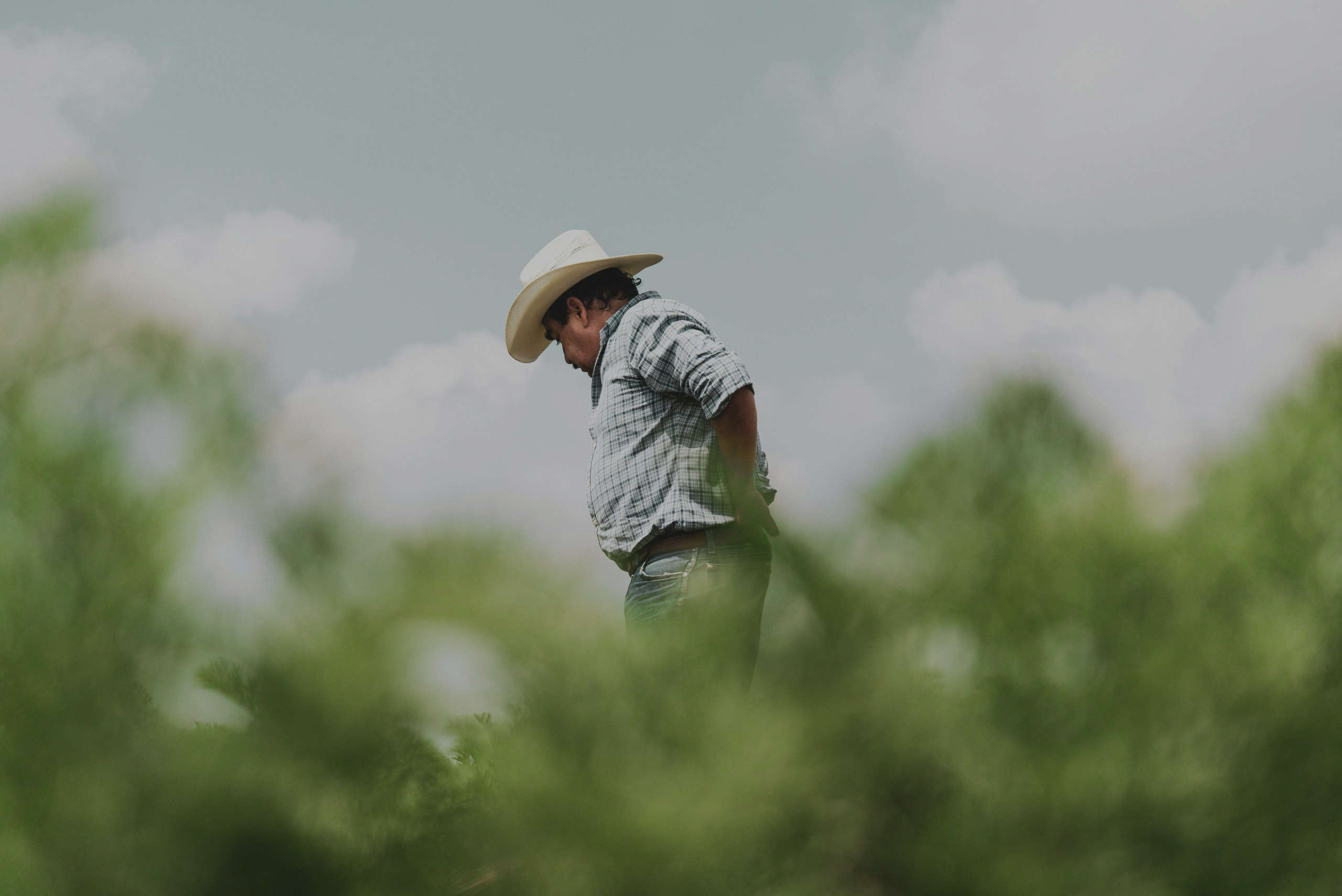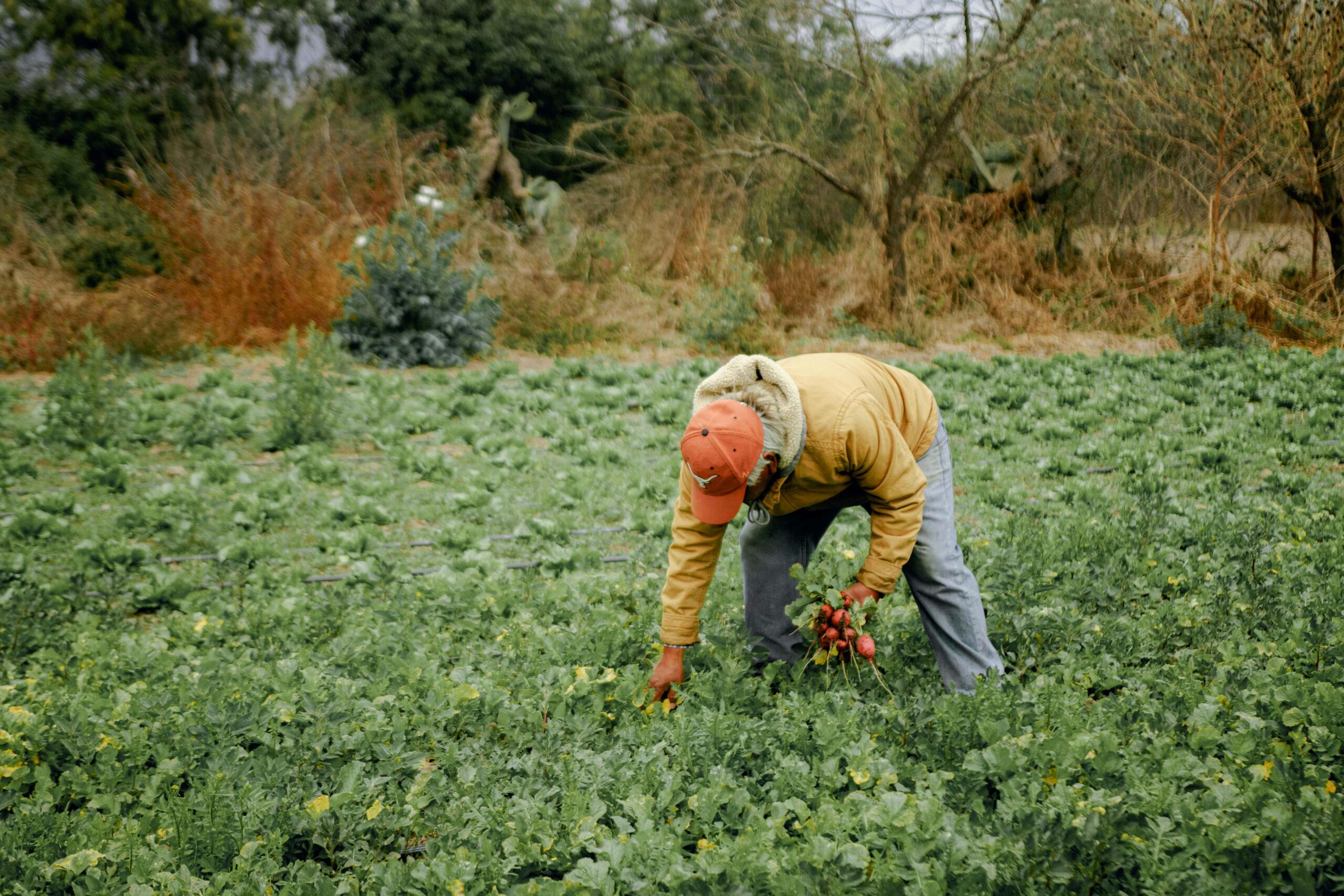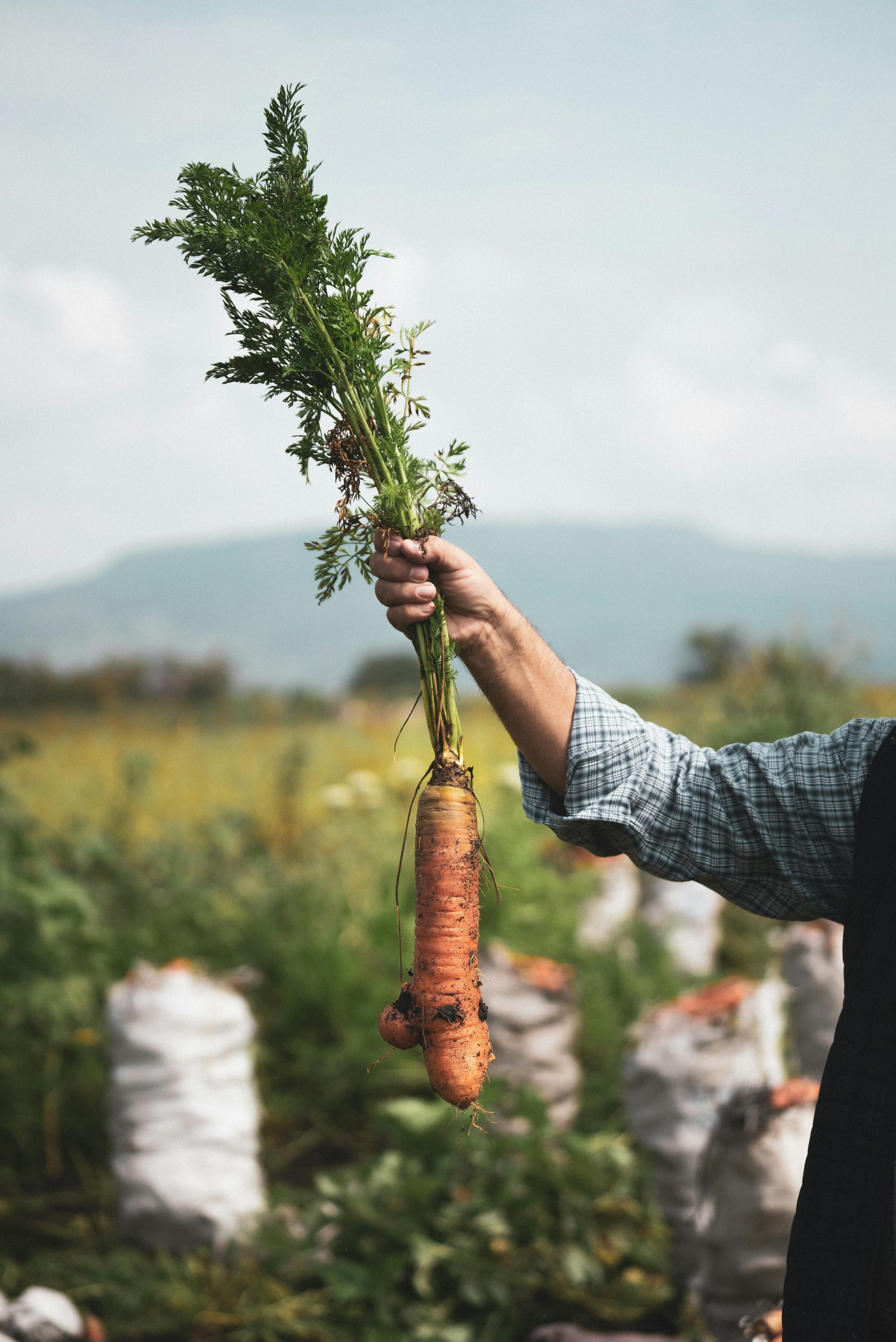Our work fits into four core pillars:
The Marigold Fund for Unincorporated California is a participatory grantmaking fund that supports farming and land stewardship projects by farmworkers, small farmers, and Tribes in communities that have been left out of democratic governance of land and resources.
Circular Bioeconomy Systems is a research and policy program that supports distributed composting, policy reform, place-based economic planning, and community-oriented action in an effort to create valuable tools for restoring balance and regenerating the soil.
The Mycelium Bridge Fund is a revolving loan program designed to nourish regenerative agriculture and circular bioeconomy projects — especially those often overlooked by traditional capital.
Through Fiscal Sponsorship, PFL provides mission-aligned people and organizations with support as they pursue grants, and develop fundraising, financial, and administrative systems.






